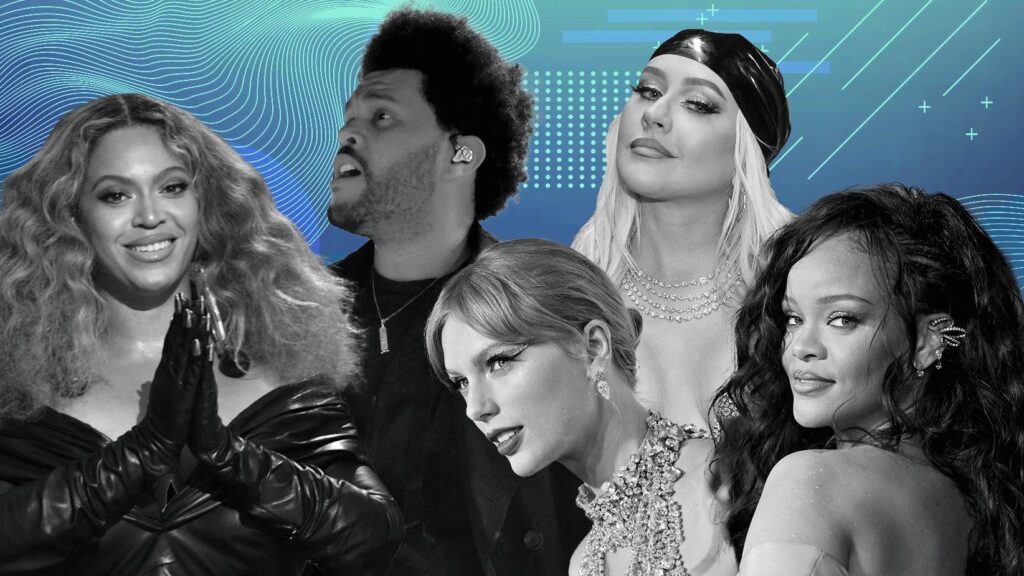Streaming services have evolved significantly since the late 1990s, offering users a convenient way to access a wide range of content. The rise of platforms like YouTube and Netflix revolutionized the way people consume video content, while advancements in technology have improved quality and user experience. The focus on original content has led to increased competition in the market, with new players entering the space. As technology continues to advance, the future of streaming services will likely be shaped by personalized and interactive content. Despite challenges like fragmentation and competition, streaming services continue to thrive and innovate, shaping the future of entertainment.
The Evolution of Streaming Services: A Critical Analysis
Introduction
Streaming services have become a mainstay in the entertainment industry, offering consumers a convenient and affordable way to access a wide range of content. Over the years, these services have evolved significantly, both in terms of the technology used and the content offered. This article will provide a critical analysis of the evolution of streaming services and the impact they have had on the entertainment industry.
Early Streaming Services
Streaming services first emerged in the late 1990s and early 2000s with platforms like RealNetworks and Microsoft’s Windows Media Player. These early services allowed users to stream audio and video content over the internet, although the quality was often poor due to limited bandwidth. However, they laid the groundwork for the development of more advanced streaming platforms.
Rise of Video Streaming
One of the major milestones in the evolution of streaming services was the rise of video streaming platforms like YouTube and Netflix. YouTube, initially launched in 2005, revolutionized the way people consumed video content, allowing users to upload and share videos for free. Netflix, on the other hand, introduced the concept of subscription-based streaming in 2007, offering a vast library of movies and TV shows for a monthly fee.
Technological Advancements
As technology advanced, streaming services began to offer higher quality video and audio, thanks to improved codecs and faster internet connections. The introduction of adaptive streaming allowed platforms to adjust the video quality based on the user’s internet speed, ensuring a seamless viewing experience. In addition, the proliferation of smart TVs and streaming devices made it easier for consumers to access streaming content on their home entertainment systems.
Original Content
In recent years, streaming services have increasingly focused on creating original content to differentiate themselves from competitors. Platforms like Netflix and Amazon Prime Video have invested heavily in producing exclusive movies and TV shows, many of which have garnered critical acclaim and won awards. This shift towards original programming has challenged traditional media companies and changed the landscape of the entertainment industry.
Fragmentation and Competition
With the increasing number of streaming services available, consumers now face a fragmented market with multiple platforms vying for their attention. This has led to a rise in competition, as companies like Disney, Apple, and HBO Max enter the streaming space to compete with established players. As a result, consumers are faced with the dilemma of choosing which services to subscribe to, leading to the concept of “subscription fatigue.”
The Future of Streaming Services
Looking ahead, the future of streaming services is likely to be shaped by advancements in technology and changes in consumer behavior. With the advent of 5G networks and the proliferation of mobile devices, streaming services will likely continue to evolve to offer more personalized and interactive content. Additionally, the ongoing consolidation of media companies may lead to further competition and innovation in the streaming space.
Conclusion
In conclusion, the evolution of streaming services has fundamentally transformed the entertainment industry, offering consumers a new way to access and enjoy content. While there are challenges such as fragmentation and competition, streaming services continue to thrive and innovate, shaping the future of entertainment. As technology continues to advance, it will be interesting to see how streaming services adapt and grow to meet the changing needs of consumers.
